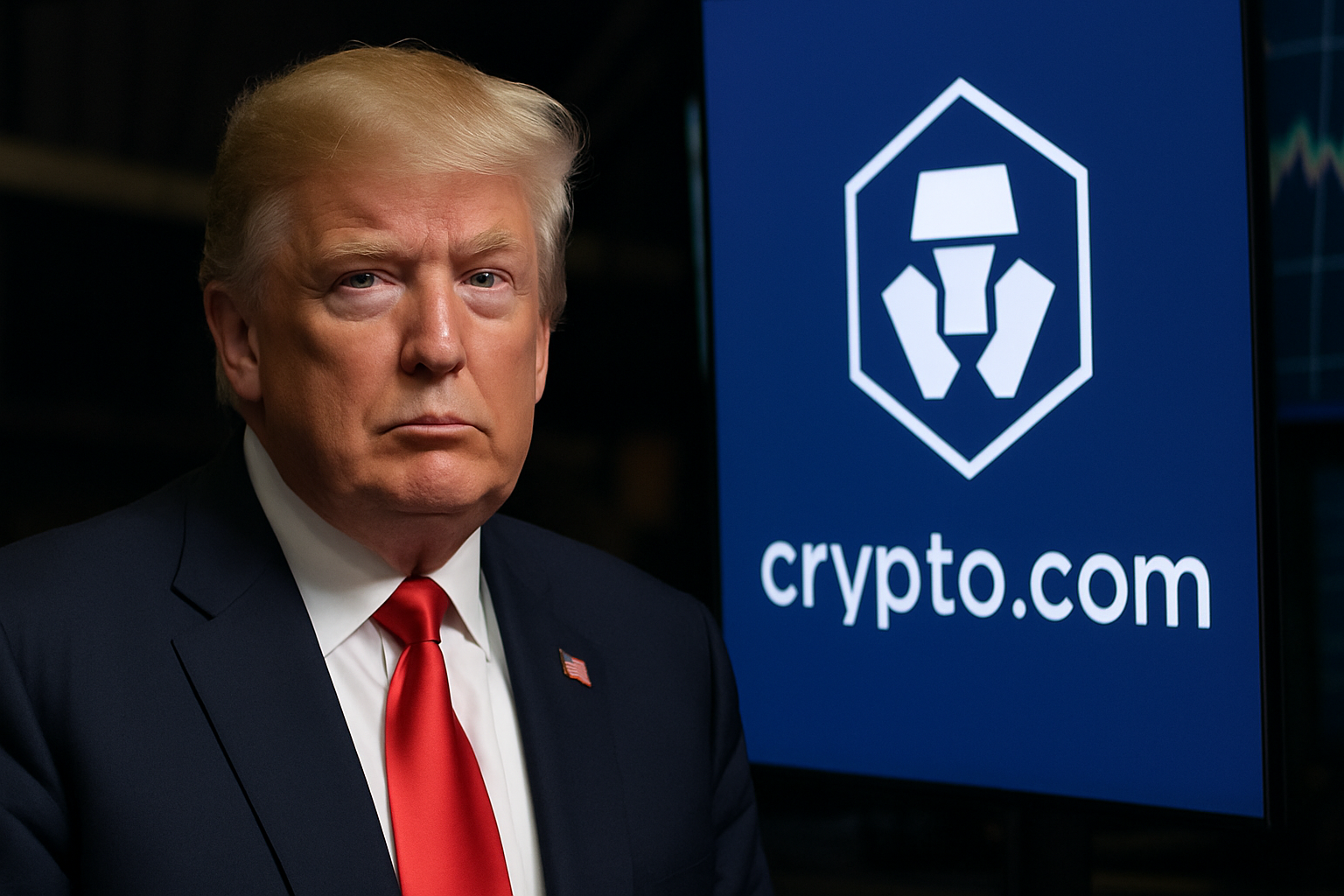“Just as it got easier to use email, it will be easier to use Bitcoin as people invest in it and become more familiar with it.” -Gavin Andresen
How sustainable is Bitcoin? How does it compare to the alternatives? We took a look at the resources required for certain systems that are already in place: Fiat, Bitcoin’s PoW, and PoS networks and found that Bitcoin isn’t as sustainable as other cryptos, but it’s certainly less consumptive of resources and energy than our current fiat money.

PoW and BTC:
PoW, or Proof of Works, is the way in which the Bitcoin platform and other cryptos mine new coins and process transactions. These “works” are done in the validation of transactions and creation of new blocks and coins. The network has an algorithm that gives increasingly difficult math problems which need to be solved in order to validate transactions, create hashes and form new blocks. Miners are then rewarded in tokens for their creation of blocks.
These systems require an amount of hardware to be purchased. With so many transactions happening at once, it is wise for validators and miners to have multiple nodes running in order to process the increasing amount of transactions. Each node must be active 24/7, consuming a decent amount of power for each transaction, as they solve math problems all day. These nodes and mining operations require certain add-on devices and specialty softwares which consume even more energy than the “working” nodes themselves. Most mining operations are run on sustainable and renewable energy. So as those markets continue to advance, the use of these power sources will only increase.
PoW Vs PoS:
How does PoS compare to Bitcoin’s PoW? Well, Proof of Stake systems are better overall for the environment. Using significantly less in regards to equipment and computing power by eliminating the need for effort to be exhausted, staking offers more sustainability, more scalability and security. More transactions can be made in a shorter amount of time, using exponentially less power per transaction than Proof of Works based exchanges.
In staking, miners or validators are only required to have coins of the protocol to “stake” in order to validate transactions and produce tokens. Coins are mined and blocks are built based on the amount of coins they hold. The staked assets bring value to the network and are offered as a value certifier. The coins hold information as a “valid standard” to which the algorithm of the new coin may match against the old coin.
There’s no need for such unnecessary power consumption in a PoS system. No need for a hefty amount of fancy equipment. This process can’t be beat in terms of energy consumption. It’s fast, secure and efficient, saving time, money and energy.
PoW Vs Fiat:
When it comes to Fiat, it’s a no brainer. Bitcoin and other PoW platforms take the cake in this dual. Although PoW networks use a rather large amount of energy, these numbers are only fractions of the resources consumed in sustaining our current banking system.
When taking into account all of the resources used, it’s easy to see. Paper money, using ink, and a multitude of different materials in different countries. Water and electricity are used in processing and printing these notes and in turn are creating waste after the final product is complete. Coins take tons more electricity and resources to mine and refine than paper currency. Not to mention the amount of computing power needed to power digital transactions, with the multitude of databases and third party processing stations. Also the power needed to run banks, ATMs and office buildings, as well as the resources spent on workers commuting to and fro from their place of business. Many factors to take into account.
The Future of BTC and PoW:
Decentralization of finance offers a variety of solutions. Less resources needed to run the system. More transparency, security and sustainability. DeFi offers the opportunity for anyone to get involved in the transfer and mining processes of the different networks, as well as a more efficient way to handle money. The current fiat system is simply sub-par and must adapt to the digital sphere in order to survive the demand for more efficient, convenient, private, secure, transparent and environmentally conscious transactions.
Bitcoin is a gold standard and a very realistically tradeable asset in the crypto sphere. It’s the first, largest and the most well known. It’s not going anywhere. Although PoS offers a much more scalable and sustainable future, the PoW in Bitcoin will always be in action. Perhaps not as widely used as an everyday tradable asset like our contemporary dollars, because of PoS systems being in place and more efficient, but as that gold standard that it seems to have. Although, the fractional breakdown into Satoshis makes the possibility of Bitcoin’s everyday tradeability more realistic and practical.
However, PoS takes the cake in sustainability. We’ve seen the advancements in crypto markets, and although BTC is the foundation, PoS is one of the many innovations to thrive having been brought forth in this realm. Being widely used amongst a variety of assets, this staking process is already showing the fruits of its nature. PoW may not be going anywhere, but PoS is definitely the path of data transfer and validation.




